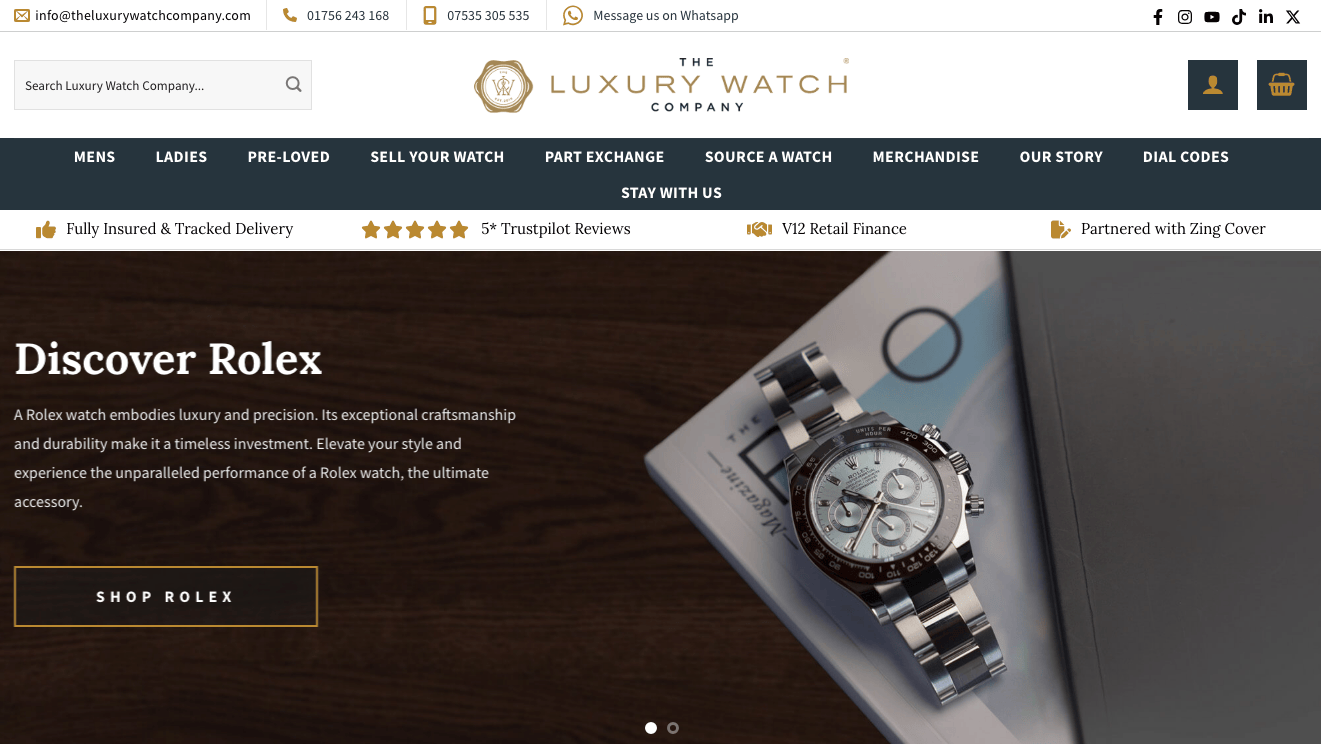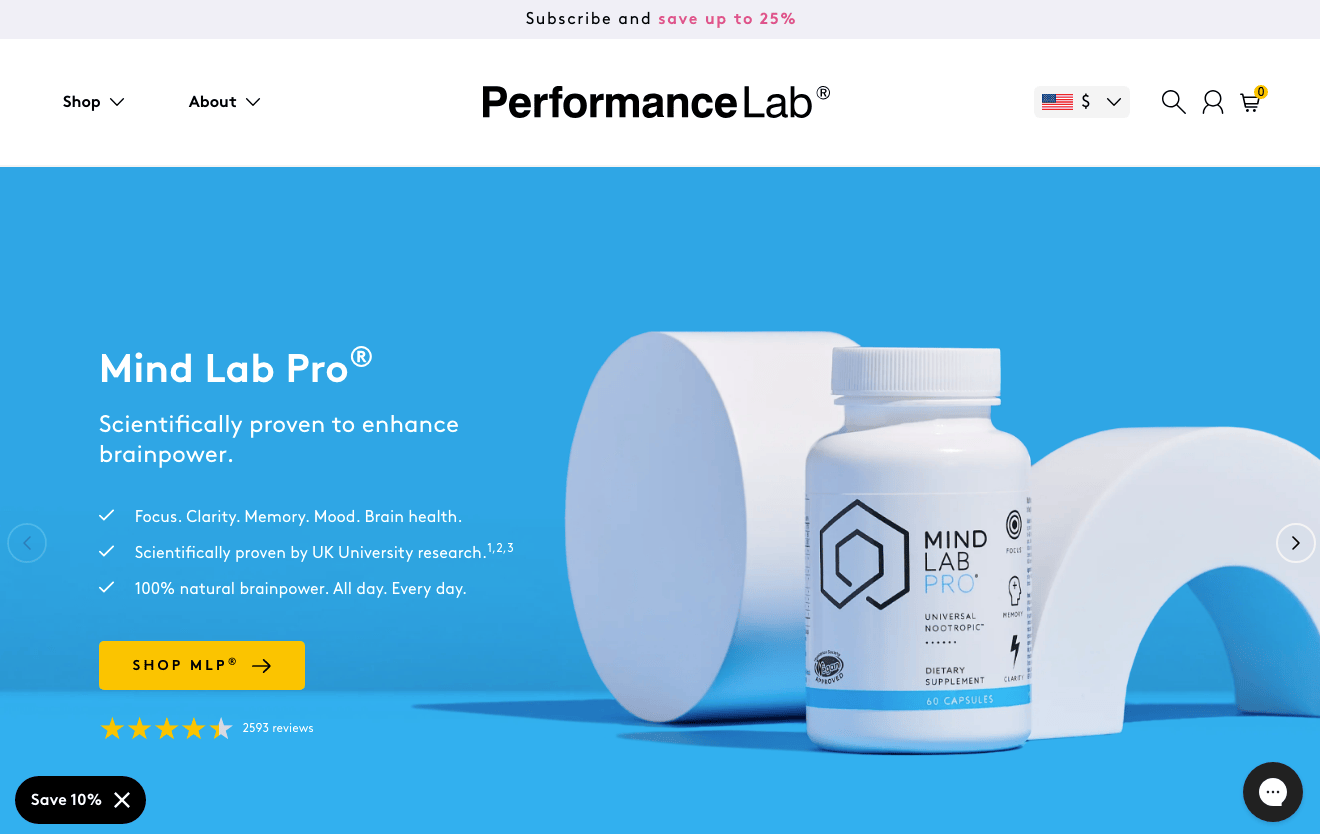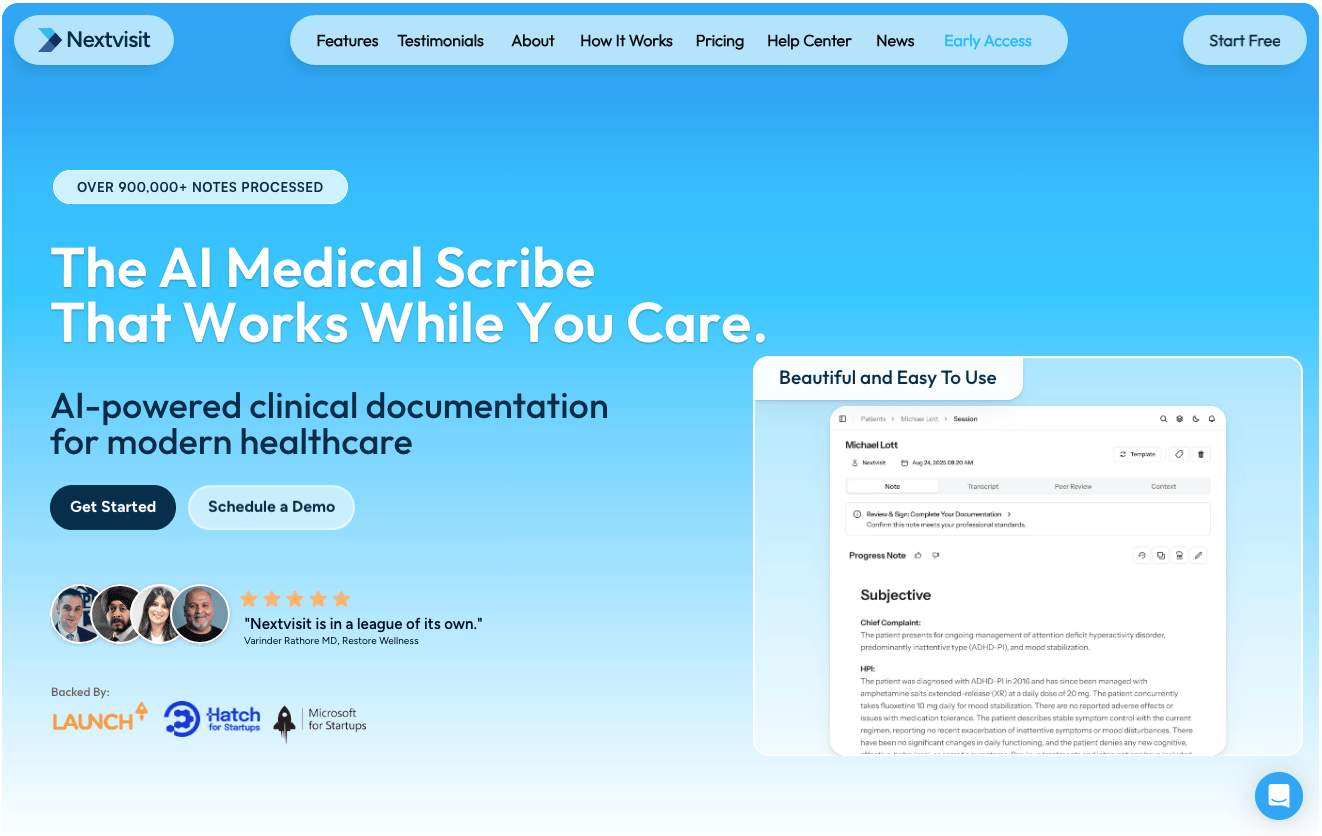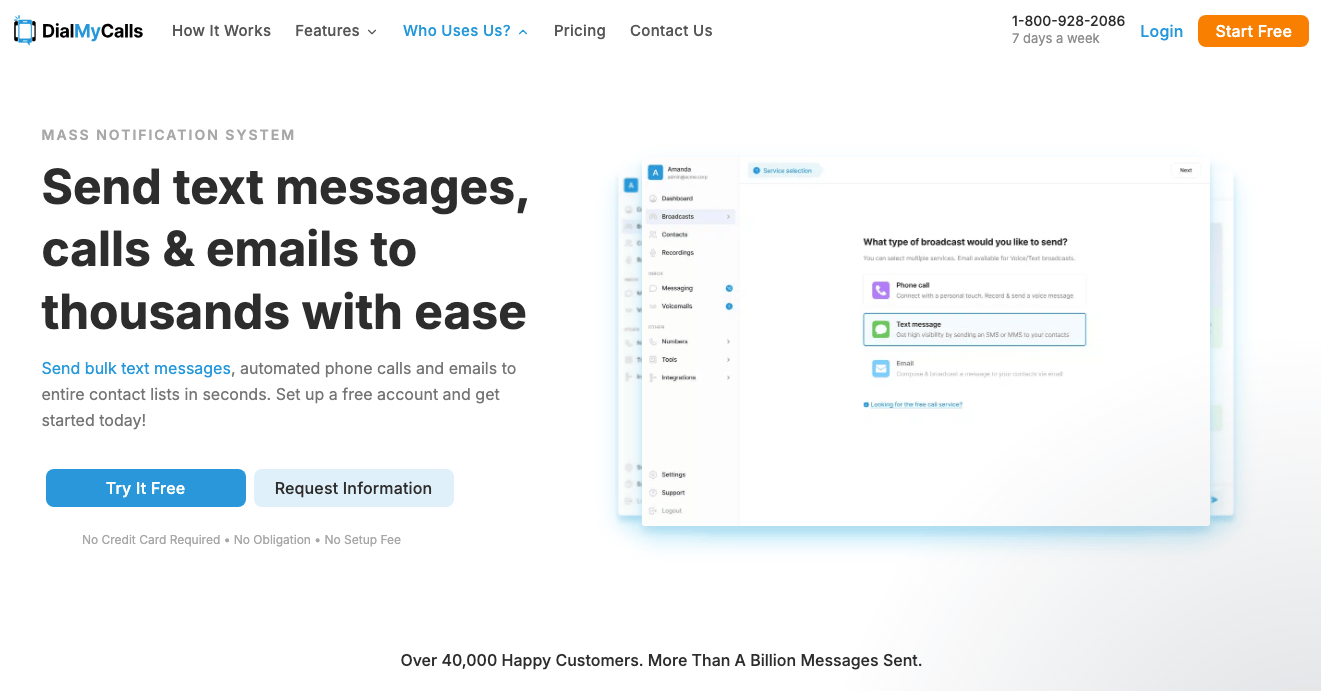
Domain names are one of the most commonly overlooked aspects of branding in today’s business world.
Despite being a crucial element of an organization’s reputation — and arguably the first thing you should check before building your digital marketing strategy — many business owners still leave domain shopping for the last leg of their launch timelines. And that can result in some pretty significant negative surprises.
Ultimately, choosing and securing the ideal domain name for your company isn’t just about a good match with your overall online presence. It’s also a crucial aspect of earning your target audience’s trust, which is essential, considering that 88% of consumers consider credibility to be a top factor in their purchasing decisions.
But how, exactly, does your domain shape brand credibility? Additionally, are there any strategies you can adopt to use it to make your business more trustworthy?
Here’s everything you need to know about building brand trust through your domain name, along with a few excellent examples of businesses doing it right. Let’s get into it.
Forming Positive First Impressions
The importance of first impressions in branding is no secret. After all, you’re likely aware of the fact that consumers judge brands within milliseconds of landing on their websites. Moreover, you probably understand that these judgments affect web visitors’ brand perception and purchase intent.
However, the one thing that many business owners forget is that your audience won’t just look at your site’s design (despite most trust-related decisions being based on aesthetic appearance).
Instead, they’ll at least glance at your domain name — usually to determine if they’re in the right place. And unless that domain name also looks professional, it’s very likely to detract from your ability to earn your audience’s trust.
With this in mind, choosing the right web address for your site is of crucial importance when trying to position your business as a credible entity.
A good rule of thumb is to choose the unique part of your domain name (the second-level domain, or SLD) in a way that reflects your brand’s unique identity. This can include your brand name. Or, you can focus on the primary characteristic you want your audience to remember about your brand.
For example, if you’re trying to position your organization as an aspirational entity, ensure that your SLD communicates core brand values. The Luxury Watch Company, for instance, makes it easy for web visitors to know what to expect from a business like this just by glancing at the domain name.
Or how about a domain name that matches your brand name? The Performance Lab domain and brand name clearly communicate that this is a business that employs science to optimize sports performance. This makes it much easier for potential customers to form a positive brand perception than if the name consisted of less trustworthy keywords.
Using TLDs as Initial Trust Signals
We already covered how SLDs instantly communicate brand credibility. But here’s the deal about effectively earning your target audience’s confidence.
The entirety of your domain name needs to be credible and trustworthy. And this includes the top-level domain (TLD) extension in addition to the SLD.
Of course, there are numerous TLDs out there, with new ones being adopted every year. But if it’s credibility you’re after, your best bet is to rely on the classics.
According to research, 43% of all websites use the .com extension. Moreover, 91% of internet users consider legacy TLDs (.com, .org, and .net) to be trustworthy destinations.
Use your domain extension to build incredible brand credibility — especially if you’re trying to convert risk-averse consumers. Go with simple but trustworthy extensions. And consider purchasing multiple TLDs and funneling all traffic to a single domain with the .com extension to ensure your audience has confidence in your organization’s credibility. It’s what world-famous businesses like Apple do, as you can see in the example below from the company’s Hungarian website.
Consistency Equals Credibility
Just like any other marketing/branding strategy meant to foster brand trust, using your domain name also relies on consistency. This is true for two main reasons.
On the one hand, consumers often judge businesses based on familiarity, emphasizing the role of consistency in ensuring brand recall and recognition. On the other hand, the less you deviate from your brand name, the less likely your audience is to see your domain name as a potential red flag.
So, when choosing (and using) your domain name — and particularly when trying to build brand trust — prioritize consistency with the rest of your brand identity.
To begin with, try your best to have an identical match between your brand name, domain name, and social media handles. If that’s not possible, then you can use additional keywords, but do it in a way that will create clarity instead of confusion.
For example, check out how Uproas handles this challenge on X. Instead of giving up on building a strong brand identity on a social media platform it knows its target audience uses, this business adds the “agency” keyword to its handle, making it super easy for potential customers to figure out which of the profiles belong to the brand (and its expert employees).
Furthermore, do your best to also use your domain name in a way that’ll make your audience more comfortable with visiting your landing pages.
By incorporating branded links into your online presence, you can ensure that your target audience knows precisely where an interaction will lead them and is willing to follow you (hopefully toward a conversion).
The Role of Domain Names in SEO
Here’s a commonly overlooked role that your domain name plays in your brand’s online reputation: it can directly impact your visibility on SERPs. That’s right: domain names play a key role in SEO.
The way they do so doesn’t necessarily have to do with your brand name. Instead, specific keywords (such as the services you offer or your company’s location) can be valuable signals, telling search engines that your website is a relevant destination for consumers searching for specific solutions.
So, if you’re trying to build brand trust, consider whether using specific keywords or even TLD extensions could help you widen your reach (or just earn more high-quality web traffic that has a higher likelihood of resulting in a conversion).
Check out Business For Sale. This brand’s domain name clearly communicates the service the company offers. Moreover, it includes the .au TLD, which is a valuable signal to potential customers that the business operates in Australia. This helps shape their expectations and prevents unnecessary frustration if they’re actively trying not to explore the Australian market. To further enhance the localization, they have set up specific landing pages, like this Sydney page, for the major Australian cities.
Establishing Brand Expertise and Solution Value
When choosing what businesses to buy from, consumers consider two primary factors.
On the one hand, they want exceptional value — they want to know that they’re spending their hard-earned money on a product or service that’s genuinely going to remove their pain point. On the other hand, they want proof of your brand’s ability to handle their needs. That’s one of the reasons 99% of people read product reviews before making a purchase decision.
With this in mind, when choosing a domain name that’ll inevitably shape your company’s reputation, consider whether you can use elements that communicate expertise and value.
For instance, if you work in a specific niche or industry, then using appropriate TLD extensions could help communicate the value of your solution. If you check out NextVisit, you’ll find that the .ai TLD effectively communicates that this business uses the power of artificial intelligence to resolve a specific customer pain point.
Or, you could choose to communicate value through your SLD. For example, DialMyCalls is a business that provides mass notification services to users from various industries. With this in mind, its SLD is a great way to quickly educate potential customers about its offer and start the process of setting their expectations for what they’ll find once they land on the brand’s website.
Maximizing Repeat Visits
To build brand trust and boost conversion, you need to create systems that will make brand interactions practically seamless.
Consumer behavior clearly shows that the more interactions a person has with a brand, the higher their likelihood of becoming a customer. And if you look at the average buyer’s journey, you’ll find that it requires an average of eight touchpoints to progress from awareness to conversion.
Making it easy for your target audience to find your brand online is crucial for building their confidence in your business and ensuring sufficient opportunities to nurture them into buyers.
One of the best ways to do this is through your domain name.
Choosing a simple, straightforward, and, most importantly, easy-to-remember domain name can make it easy for your prospects to return to your website\, whenever they need to collect additional information about your products or services.
With this in mind, explore opportunities to choose a domain name that’s simple and easy to remember. If your brand name is straightforward in and of itself, this shouldn’t be a challenge.
However, if your official business name is a bit lengthier, explore opportunities to shorten it for the sake of memorability.
For instance, many brands will drop descriptive words or industry terms from their domain names. And some will even go so far as to abbreviate their brand names to make the web address more easily discoverable, as in the case of Atelier de Production et de Création. They chose the apcstore.com domain instead of risking a significant portion of its potential customers becoming frustrated due to the inevitable misspellings of the French brand name.
Final Thoughts
Even though they’re often ignored and overlooked, domain names play a significant role in establishing brand credibility.
So, if you’re trying to build a business with a positive and trustworthy reputation — and especially if you’re trying to break into a competitive industry based on your expertise and authority – don’t neglect to choose a domain name that breeds trust.
The tips we covered in this article are an excellent start. In combination with digital marketing tactics that boost trust, they’re guaranteed to make your brand stand out in a positive way. So, don’t hesitate to take the time to find the perfect domain name. And be sure to look at it from every possible angle to ensure it sends the message you want about your brand.














